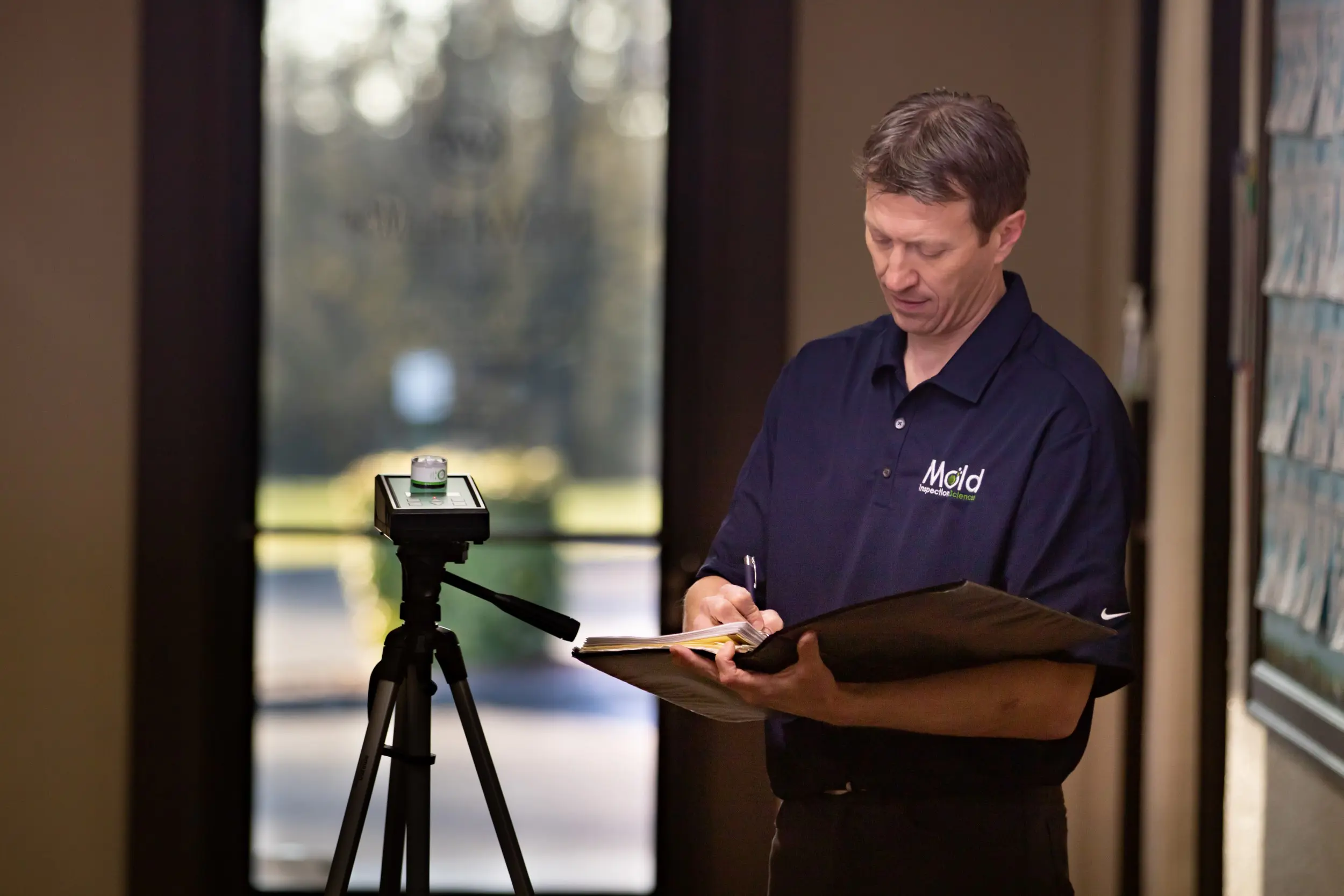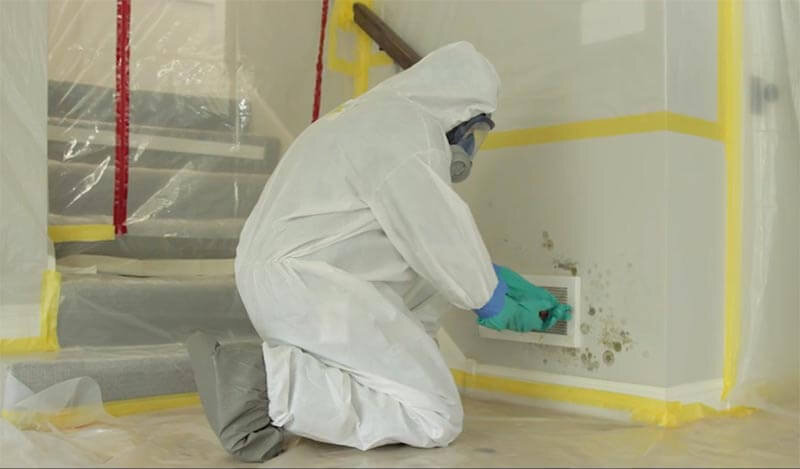Important Actions After Mold Remediation
Important Actions After Mold Remediation
Blog Article
Expert Tips for Message Mold Removal Success
In the world of mold and mildew remediation, efficiently removing mold is only half the fight; truth challenge depends on avoiding its reappearance. Post-remediation efforts play an important function in ensuring a mold-free environment in the long term. By adhering to experienced pointers and ideal practices, individuals can protect their rooms versus mold and mildew revival and keep a healthy and balanced interior environment. It remains in this stage of the removal procedure that interest to information and aggressive measures really make a difference.
Screen Humidity Levels Consistently
Normal surveillance of moisture levels is vital in making sure the performance of post mold removal initiatives. After finishing mold removal treatments, keeping optimum humidity degrees is vital to stop mold re-growth and make sure a healthy and balanced indoor setting. Monitoring humidity degrees permits very early discovery of any type of spikes or changes that could potentially lead to mold revival. High humidity levels over 60% create a conducive environment for mold to prosper, making normal monitoring a proactive measure to stop any type of future mold and mildew problems - Post Mold remediation cleaning.
In addition, developing a regular timetable for moisture checks, specifically in risky locations such as kitchens, shower rooms, and basements, is a positive technique to mold and mildew avoidance. By continually keeping an eye on moisture levels, home owners can successfully alleviate the risk of mold and mildew reoccurrence and keep a healthy interior setting post-remediation.
Conduct Thorough Inspections Post-Remediation
Adhering to the completion of mold removal treatments, it is important to carry out comprehensive inspections to validate the performance of the removal procedure. These post-remediation inspections are crucial in making certain that the mold problem has actually been successfully dealt with and that there is no recurrence or remaining mold and mildew growth. Evaluations ought to be accomplished by qualified experts that have expertise in determining mold and examining indoor air top quality.
During these inspections, various methods such as aesthetic evaluations, air tasting, and surface area sampling might be used to thoroughly assess the remediated locations. Visual assessments include a comprehensive evaluation of the properties to check for any kind of noticeable indications of mold and mildew growth or water damage. Air tasting aids in determining the airborne mold spore degrees, while surface area sampling can detect mold bits on surfaces.
Implement Proper Air Flow Techniques
After making sure the effectiveness of the mold and mildew remediation procedure with comprehensive inspections, the following important step is to concentrate on implementing appropriate air flow techniques. Sufficient air flow is essential in protecting against mold reoccurrence by managing moisture degrees and advertising air flow. To accomplish this, it is advised to make use of exhaust fans in areas susceptible to high humidity, such as kitchen areas and restrooms. Additionally, opening up doors and home windows when weather allows can help boost air flow and lower dampness buildup. Air cleansers and dehumidifiers are likewise useful devices in preserving optimum interior air quality.
Appropriate ventilation not only aids in protecting against mold and mildew growth however additionally adds to the overall wellness and convenience of occupants. By making sure adequate ventilation throughout the building, you can reduce the risk of mold and mildew regrowth and produce a much healthier living atmosphere. Normal upkeep of air flow systems, including cleaning and filter substitutes, is critical to maintaining effective air flow. Consulting with HVAC experts can provide additional understandings right into enhancing ventilation methods for your particular property requirements.

Usage Mold-Resistant Materials for Repair Works
To boost the long-term effectiveness of mold removal efforts, including mold-resistant materials for repair services is crucial in minimizing the danger of future mold and mildew growth. Mold-resistant products are designed to endure moisture and prevent mold growth, making them a necessary choice for areas vulnerable to dampness and moisture. When repairing locations affected by mold, using products such as mold-resistant drywall, mold-resistant paints, and mold-resistant caulking can help avoid mold reappearance.
Mold-resistant drywall is a superb option to conventional drywall in areas like basements and shower rooms where dampness degrees are higher. When revealed to damp problems, this kind of drywall has a special layer that stands up to mold growth also. Additionally, making use of mold-resistant paints including antimicrobial representatives can further inhibit mold growth on walls and ceilings.
In locations where wetness prevails, such as washrooms and cooking areas, using mold-resistant caulking around tubs, windows, and sinks can help secure out water and stop mold and mildew from taking hold in cracks and gaps. By purchasing these mold-resistant materials throughout repair work post-remediation, you can dramatically reduce the chance of future mold issues and keep a much healthier indoor setting.
Maintain Tidiness and Address Water Issues
Making sure tidiness and quickly resolving water problems are essential methods to support in safeguarding indoor areas from mold and mildew reinfestation. After mold removal, it is read this post here vital to preserve a clean setting to protect against the regrowth of mold and mildew (Post remediation mold testing near me). Regular cleansing, cleaning, and vacuuming can help get rid of any kind of lingering mold spores and prevent them from multiplying and settling. Additionally, maintaining interior rooms completely dry and resolving any water problems quickly is vital in mold prevention. Leaks, water invasion, or high moisture degrees can develop the excellent reproduction ground for mold, so it is essential to take care of any type of water-related problems quickly.
To keep tidiness, consider making use of HEPA filters in vacuum cleaners and air cleansers to catch mold and mildew spores and stop their flow airborne. Furthermore, making certain correct ventilation in locations susceptible to moisture accumulation, such as washrooms and kitchen areas, can help keep moisture levels in check. By remaining alert concerning tidiness and resolving water concerns without delay, you can properly protect against mold and mildew reinfestation and preserve a healthy and balanced indoor atmosphere.
Final Thought

In the realm of mold removal, efficiently eliminating mold is just half you could check here the battle; the real challenge exists in preventing its reappearance. After finishing mold removal procedures, maintaining ideal humidity degrees is critical to protect against mold re-growth and make sure a healthy interior setting. High humidity degrees above 60% create a helpful atmosphere for mold and mildew to flourish, making regular checking a proactive procedure to avoid any kind of future mold and mildew problems.
To enhance the lasting efficiency of mold and mildew removal efforts, incorporating mold-resistant materials for repair work is critical in alleviating the risk of future mold and mildew development. After mold and mildew remediation, it is vital to preserve a clean setting to stop the regrowth of mold and mildew.
Report this page